
I love board games, but I’ve usually been pretty cheap about buying gaming accessories and furniture. While I’d love to have one of those fancy Geek Chic gaming tables, I think if I had an extra couple thousand dollars I’d rather spend it on board games than the playing surface. (Plus, I don’t tend to play a lot of games that need to stay set up while we use the table for something else.) The round wooden tables in my game room actually cost me nothing, because I scavenged them from neighbors who were getting rid of them. And they work fine, mostly.
There are a few problems with plain wooden tables, of course. Cards and tiles slide around and are easily bumped. Dice are incredibly loud and can skitter off. But using a tablecloth (especially when you’re gaming with kids who lean their elbows on the table) is just asking for trouble. Ever seen Carcassonne after a seismic shift? That’s what it looks like if somebody accidentally snags the tablecloth during a game. Gaming mats are a better solution.
Gaming mats aren’t a new idea—people who play CCGs like Magic: The Gathering have been using them for a long time already. Most of the ones I’ve seen for card games are basically like giant mousepads—rubber with a neoprene surface. They make cards easier to pick up because they’re not stuck flat to the table. I’ve recently gotten to try out two types of gaming mats—the GripMat and the Quiver Gaming Mat—and each one has different strengths.

Break From Reality Games, the publisher of Disaster Looms and Damage Report, came up with the idea of GripMats back during their first Kickstarter campaign, but it took them a while to find the perfect material. They wanted a mat that kept things from slipping around—something that’s great for modular boards and tile-laying games.

Playing tile-laying games like Lost Valley (pictured above) on a wooden table can be tricky—if somebody knocks an edge, it can basically disrupt the entire board. GripMats are, as the name implies, grippy. They’re made with a patented material that is sort of rubbery and clings a bit to things. The material is the same on both sides, so it’ll grip the table and not slide around, and then hold things in place. There are various designs or colors printed on the top surface so you can select one that goes with your decor. (Or you can be like me and just pretend everything’s taking place in space.)
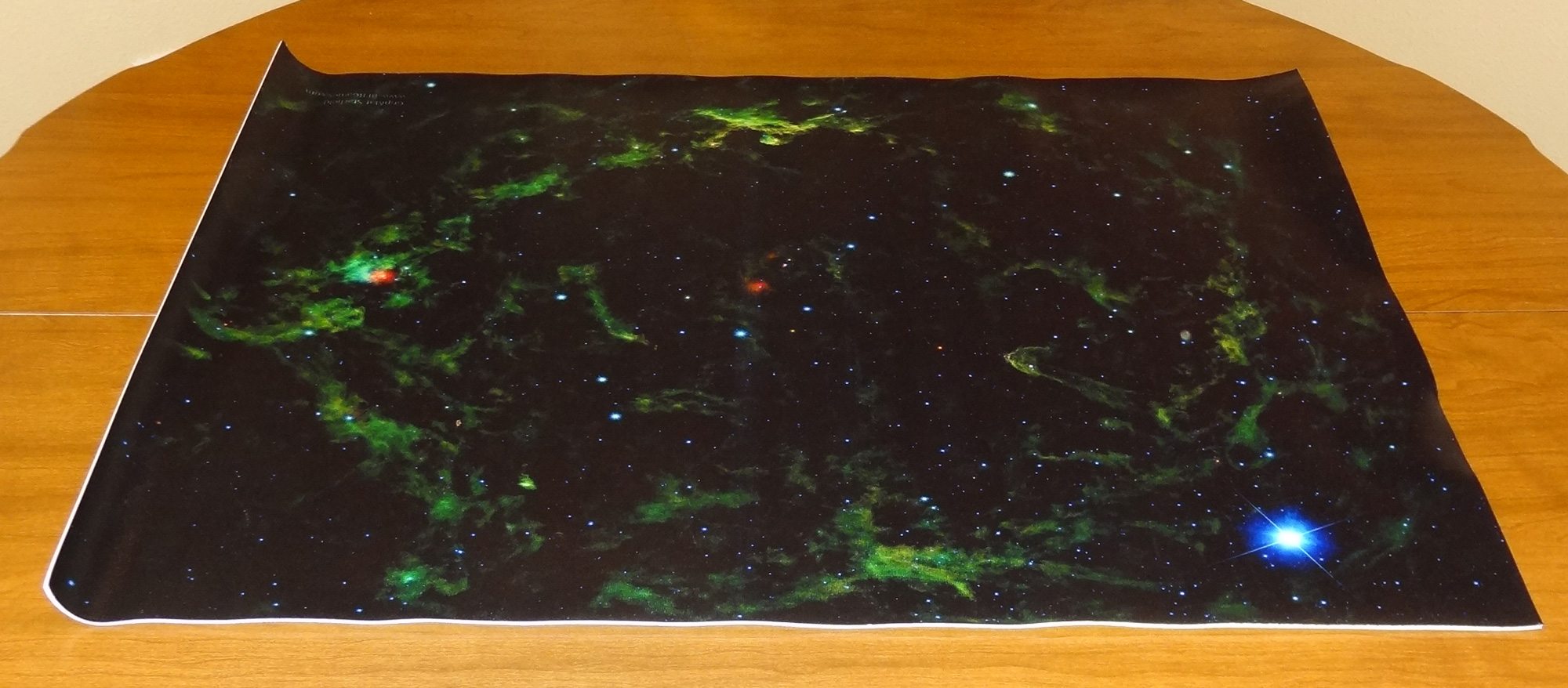
Since I store my GripMat rolled, it does tend to have a little bit of a curl on one end—I can flatten it out if I leave it out for a while or curl it up the opposite direction for a while. The above photo is when it has just been unrolled. The GripMat is nice for dampening dice rolling noise, and I also found it was pretty nice for Click Clack Lumberjack, both for reducing the noise and keeping the pieces from scattering too far.

It’s also good for games with modular boards, even if they’re not tile-laying games. Settlers of Catan, for instance, would stay in place on a GripMat. We played a game of Damage Report, though I found that in some scenarios the ship is a little too large for my mat, which is about 23″ x 31″. Even though the ship did overlap the edges of the mat, the mat did a good job of holding things in place. The GripMats do come in larger sizes, including a 24″ x 42″ long rectangle or the 36″ x 36″ square, but those are getting a bit large for my round tables.

Basically, any game in which you want to prevent things from shifting around during play, like Star Wars X-Wing Miniatures, would work really well on a GripMat. The one thing that GripMats aren’t great for is card games. This is not the sort of mat that you’d want to play a deck-building game on, or anything that involves a lot of playing cards on the table and picking them up again, because the mat does grip the cards and can make them a little more difficult to pick up, and you can’t slide cards around.
GripMats are available from the Break From Reality Games site, and there are options for getting custom colors or images printed on them as well. They range from $28 to $55 depending on size, or higher for custom designs.
Quiver Gaming Gear is a new company that’s aiming to provide a more versatile gaming surface. It’s made of a polyester material with rubber backing, so it has that felted feel kind of like a fancy casino table and won’t slide around on your table. It’s not as sticky as the GripMat, so you can adjust its position on the table if needed, and the material is stiff enough so it won’t wrinkle up or snag while you’re moving it.
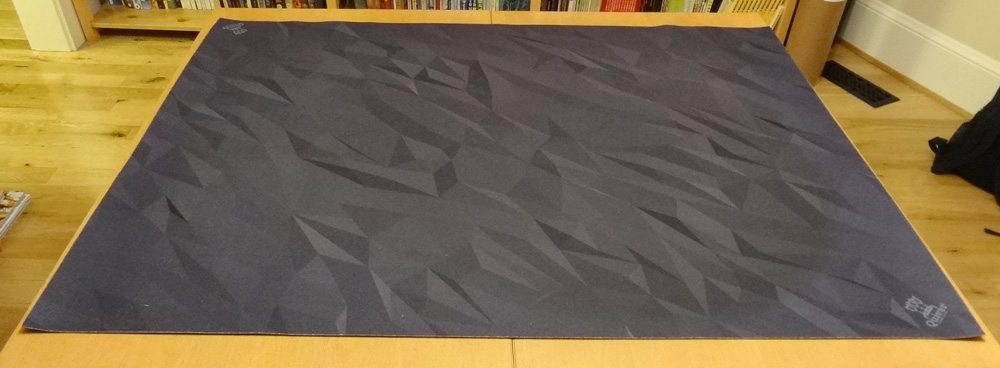
The big difference between the Quiver Gaming Mat and most other playing surfaces is its size. I’m trying out the 36″ x 48″ mat, which is too big for my round gaming tables and just fits on my dining table. There’s also a 40″ x 58″ version available for larger tables, and a 36″ x 36″ version for square tables. You can roll it up for storage—I just keep mine in the big cardboard shipping tube it arrived in. When you unroll it, it has a little bit of a curl, too, but the material is heavy enough that it tends to uncurl within half an hour even with nothing on it.

The Quiver Gaming Mat is pretty nice. I like the subtle design on it—many gaming mats I’ve seen are game-specific and have a lot of busy graphics on them. This one has just enough to keep it from being boring, while still being neutral so it doesn’t distract from the game. Right now there are three color variations of this abstract pattern, plus a Starfield available in the 36″ x 36″ size. Other patterns may get unlocked as stretch goals during the Kickstarter campaign.
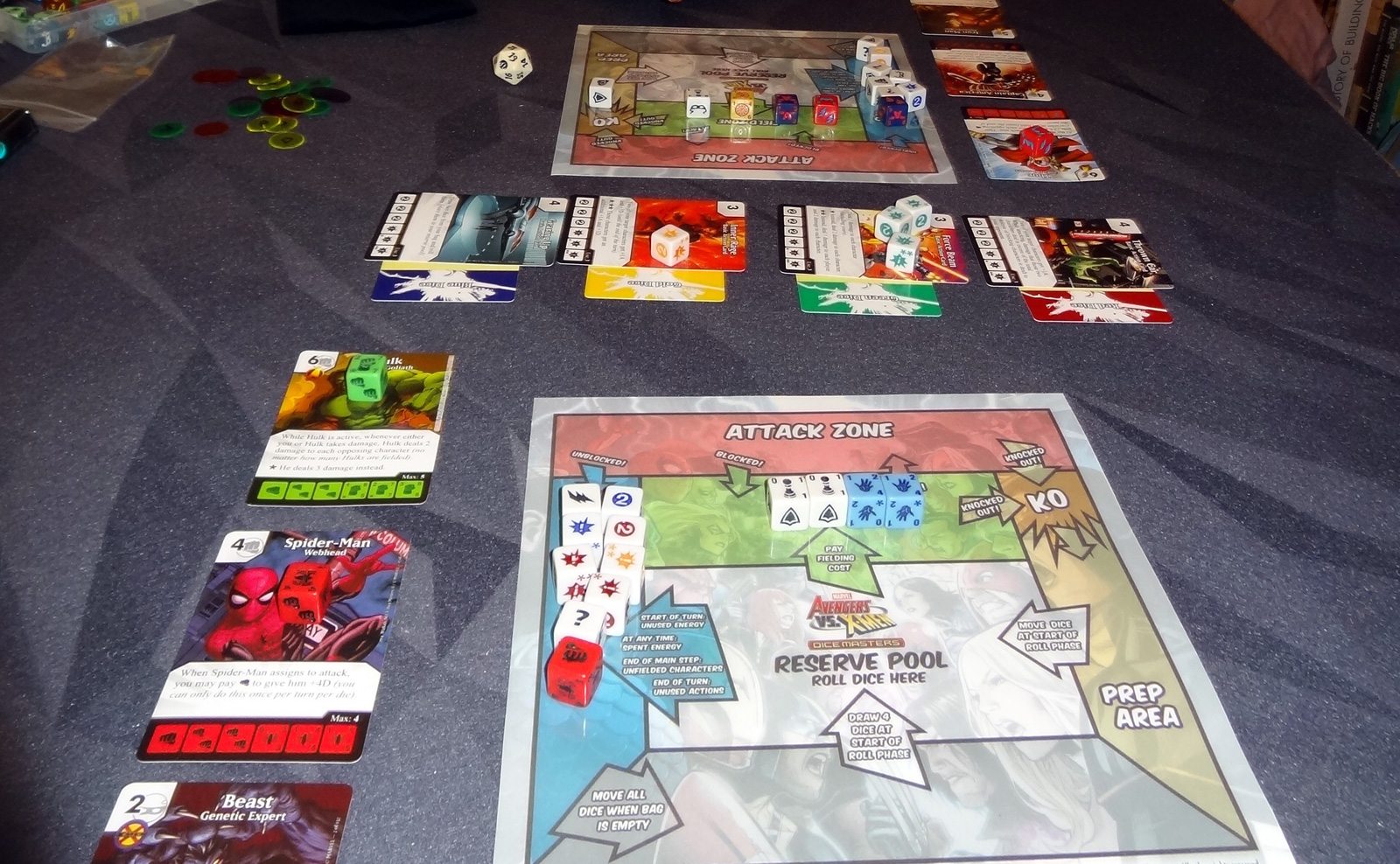
It’s a good surface for games with dice, cutting down the noise, and it works really well with cards, too. For tile-laying games, it doesn’t have the grip of the GripMats, but it’s certainly less slippery than the plain wooden table.
The Quiver Gaming Mat is currently on Kickstarter, so you can check out the Kickstarter page for more information and to pledge for one—estimated delivery is in February 2015. They’re a little pricier than the GripMats, starting at $85, but they’re larger and intended to be a little more versatile. And still cheaper than a GeekChic table (though I still want one of those, too).
To sum up, both types of mats are good for cutting down dice-rolling noise. (I know, I keep talking about dice, but if you’ve ever seen my kids roll dice, you’d know why this is such a big deal to me.) Overall, I think the GripMats are better for modular boards and tile-laying games, anything that you want to stay in place, but they’re not as great for card games. The Quiver Gaming Mat is a good all-purpose gaming surface, particularly if you want a larger surface that can cover your table, but doesn’t have quite the grip of the GripMats.
[New to Kickstarter? Check out our primer on Crowdfunding Basics.]
Disclosure: GeekDad received a sample of each mat for review purposes.
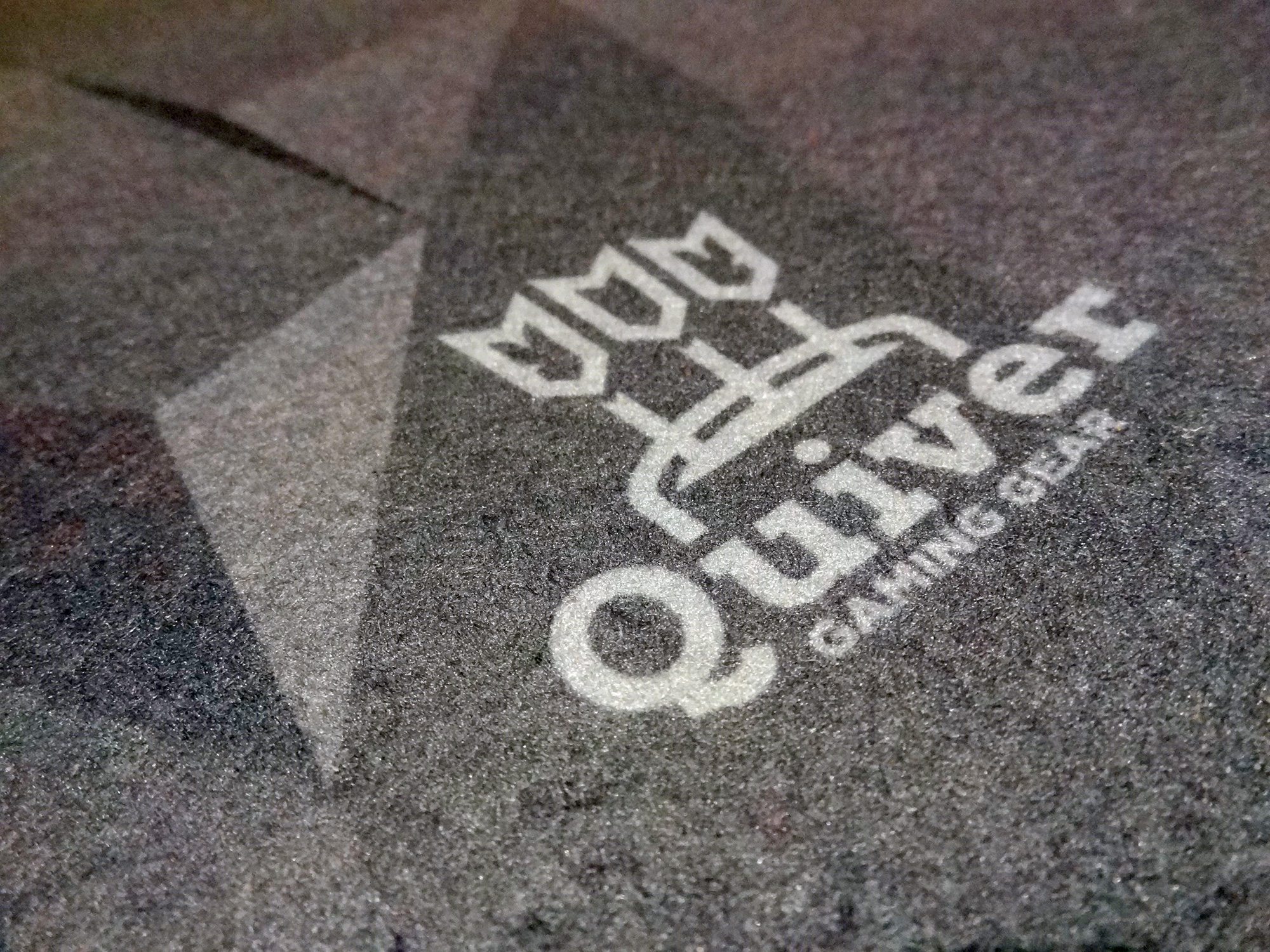

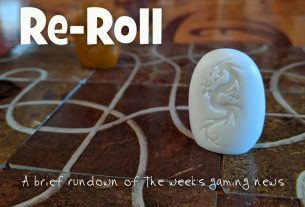


Alternatively, you can go to the local crafts store and buy felt to throw over your table for only a few bucks.
I second the felt option. Cheap and you can cover the entire table.
hi check out rubber base mats – they do not have dog ears!
fantastci material. You can roll and unroll on table and they stay flat
http://www.gamemat.eu
I received my Quiver mat last week and it is fantastic! Thanks for the recommendation.
Thank you for this article. I’m currently researching options for a limited edition 100 AD in which the board will be of this type of material, so this helped point me in the right direction.
Great meeting you at GameStorm.
Does the GripMat ever get fully flat on the table if you store it rolled up? I’m thinking about getting a couple for X-Wing and Star Wars Armada, but not if they won’t lie flat.
If you store it rolled up, then it’ll take a while for the curl to come out, so that’s probably not ideal. You can curl it the opposite way and then that can help “reset” it a bit.
I’ve been using my Quiver Mat since this time—I got a rectangular table and trimmed a little bit off the edges where it was hanging over, and it’s been fantastic. Since I leave it on the table, it’s totally flat and works great.
I also backed Quiver on their KS. I am extremely impressed. I store it rolled up and it does take some time before it lays flat. I try to setup our next Arcadia Quest game when the kids are in bed so the ends have time to settle and so we can get right to playing when I get home from work.
The mat is too large for our main gaming table, but I haven’t had the heart to cut it yet! Debating getting a wider table.
When I first got it, I had two round tables in the game room—the table pictured above is our dining table, not usually used for games. I ended up finding a nice solid table at a yard sale that was just about 2″ narrower than the mat. I tried to use it without cutting, but people kept catching arms and sleeves on the edge and flipping up game bits. Trimmed, it’s working great. Debating whether I want another for the round table, but I’d have to trim off even more.